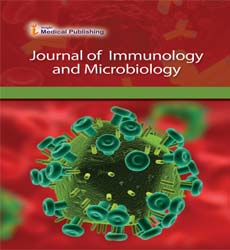Antibiotic and antimicrobial resistance
Abstract
The antibiotic resistance occurs when bacteria change in response to the use of these medicines. Bacteria, not humans or animals became antibiotic resistance. And the resistance occurs when bacteria in the same way that reduce or eliminates the effectiveness of drug, chemicals or other agents designed to cure or continue to multiply causing more harm. Bacteria can do this through several mechanisms are example of antibiotic resistance include methicillin resistance, staphylococcus aureus [ARSA]. Penicillin resistance enterococcus and multi-drug resistance mycobacterium tuberculosis [MDRTB] which is resistance to two tuberculosis drug ionized and rifampicin. while antimicrobial resistance happens when microorganism (such as bacteria, fungi, virus and parasite) change when they are exposed to antimicrobial drugs such as antibiotics, antifungals and anthelmintic. The microorganisms that develop antimicrobial resistance are sometimes referred to as 'superbugs'. As a result the medicines become ineffective and infections persist in the body increasing the risk of spread to others.
Open Access Journals
- Aquaculture & Veterinary Science
- Chemistry & Chemical Sciences
- Clinical Sciences
- Engineering
- General Science
- Genetics & Molecular Biology
- Health Care & Nursing
- Immunology & Microbiology
- Materials Science
- Mathematics & Physics
- Medical Sciences
- Neurology & Psychiatry
- Oncology & Cancer Science
- Pharmaceutical Sciences
